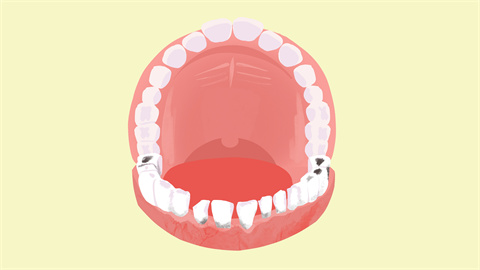Can patients with periodontitis receive dental implants?
Patients with periodontitis may undergo dental implantation when their condition is stable and alveolar bone conditions meet the requirements. However, implantation is not advisable during acute active phases or when there is insufficient bone volume, and treatment must first be administered to control the disease.

If periodontitis has been properly treated, inflammation is under control, gums show no redness, swelling, or bleeding, periodontal pocket depth is within normal range, and alveolar bone volume and density meet implantation requirements, dental implants may be considered after professional evaluation by a dentist. Prior to surgery, tartar and plaque must be thoroughly removed to create a stable environment for osseointegration of the implant and reduce the risk of implant failure.
If periodontitis is in an acute active stage—characterized by明显 redness, swelling, bleeding of the gums, or even abscess formation—or if excessive alveolar bone resorption results in inadequate bone volume, immediate dental implantation is contraindicated. Implantation during active inflammation increases infection risk, while insufficient bone volume prevents stable fixation of the implant. In such cases, inflammation must first be treated or bone grafting performed to augment bone volume; implantation can be reconsidered only after conditions are optimized.
Daily oral hygiene should include brushing teeth with a soft-bristled toothbrush and fluoride toothpaste, using dental floss or water flossers to clean interdental spaces, receiving professional periodontal maintenance every 3–6 months to remove newly formed tartar, avoiding chewing hard foods such as nuts or bones after implant placement, rinsing mouth promptly after meals, and undergoing regular check-ups to monitor the status of the implant.




